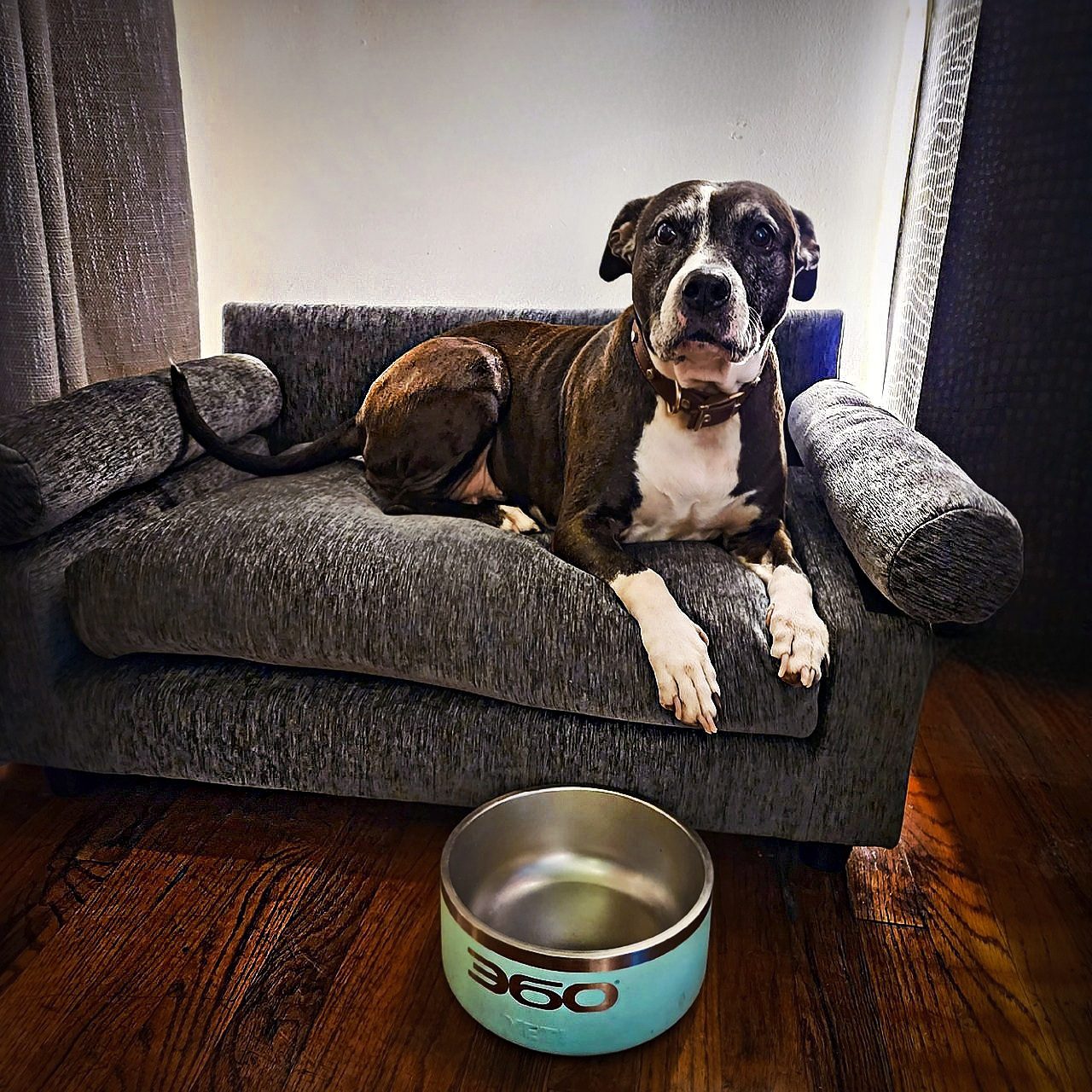Finding Peace in Your Senior Pet’s Final Chapter
As a pet parent, one of the hardest decisions you may face is determining when it’s time to let go of your beloved furry friend. Your pet has likely been by your side through life’s ups and downs, providing unconditional love and companionship. However, as they enter their senior years, their health and quality of life may decline, leaving you wondering if it’s best to help them pass peacefully. This article provides guidance on recognizing when euthanasia may be appropriate for your senior pet, how to prepare, and how to find closure during this difficult transition. With compassion and planning, you can help your pet leave this world feeling safe, comfortable, and surrounded by love.
Recognizing When to Let Go
As pet owners, we never want to lose our companions. However, when a pet is suffering from an incurable or progressive illness, euthanasia may be the most humane option. Signs it may be time include chronic pain, unresponsiveness to medication, lack of appetite or interest in food, significant mobility issues, labored breathing, incontinence, and lack of interest in normal activities. You know your pet best – if their spark is gone and they seem to have a poor quality of life, it may be best to consult your veterinarian. They can assess your pet’s health and provide guidance on options for care.
Preparing for the Transition
Once you’ve decided to help your pet pass on, take time to plan for their final days. Consider an at-home euthanasia service if it is available in your area – this allows your pet to transition in a familiar, comforting place. For example, if you live in an area such as Richmond, VA, some veterinarians will come to your home to perform euthanasia. Give your pet their favorite foods and extra love and affection. Invite family and friends over to say goodbye. Compile photos into a remembrance album. These steps help provide closure.
The Euthanasia Process
Euthanasia is typically quick and painless. Your vet will give an injection of an overdose of an anesthetic drug, stopping your pet’s breathing and cardiac function while they are in a deep sleep. Some visible effects include loss of consciousness within seconds, lack of heartbeat, urinary/fecal release, and light muscle twitches. These are normal and confirm that the euthanasia was effective. Many vets allow you to hold your pet during the process. Take time afterward to grieve – this is likely one of the hardest losses you will experience.
Finding Closure and Comfort
Losing a beloved pet leaves a tremendous hole. Allow yourself to grieve fully. Memorialize them with a burial service, planting a garden in their honor, framing their collar or leash, or making a donation to an animal charity. Be patient with yourself – profound grief may come in waves. Share funny stories and memories of your pet with others who knew them. Cherish photos and any paw print impressions you may have. Although the pain of loss never fully goes away, these steps help provide a sense of closure. In time, the warm memories become a comfort. Consider joining a pet loss support group, either locally or online. Talking with others experiencing similar grief can help provide validation and healing. You may also take comfort in getting another pet when the time feels right – they can never replace your former companion, but a new furry friend can bring joy back into your days.
Saying goodbye to your faithful companion is devastating. However, by focusing on their comfort, thoroughly preparing, and allowing yourself to grieve fully, you can find peace in doing what is best for your cherished pet. With time, your grief will turn to gratitude for the gift of sharing your life with such a wonderful friend.































